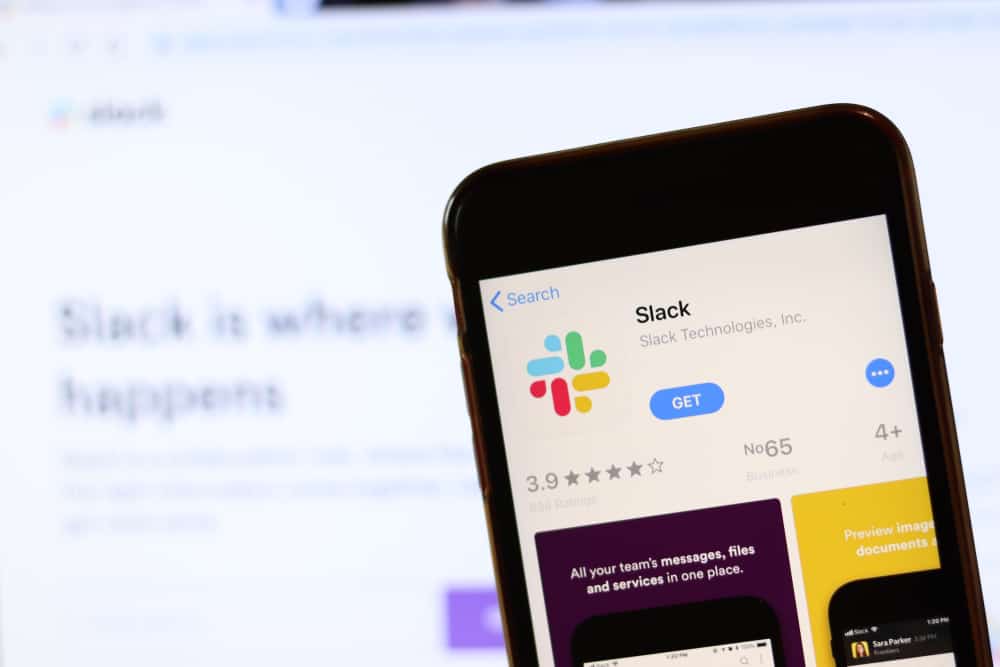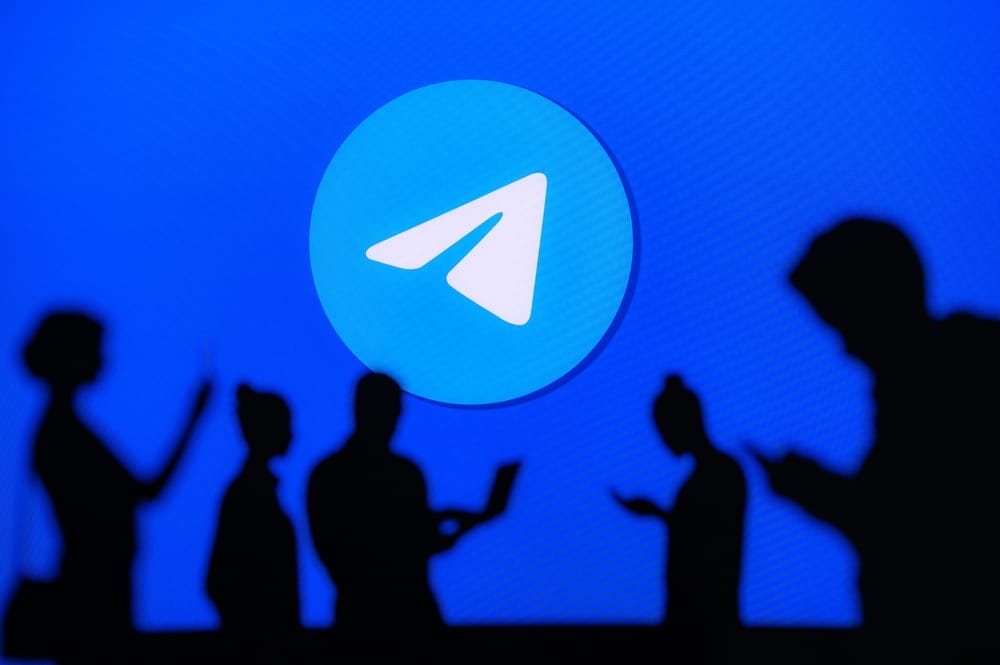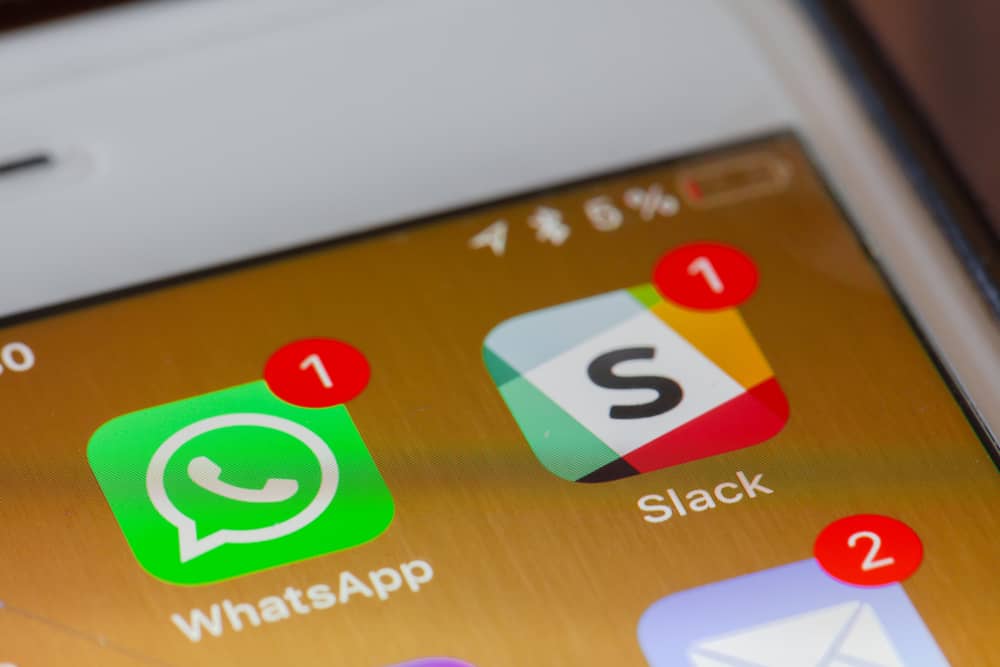
Slack is a communication and collaboration platform enabling you to correspond with friends, family, or work teams using messages and audio or video calls. Additionally, it allows you to share files and other media with your teams.
The platform lets you create virtual workplaces to collaborate with your teams dispersed in any part of the world. Slack also integrates various third-party apps to make your work collaborations more seamless.
If you wonder how this popular platform was built, including the technologies and language used in creating this platform, then we have answers for you.
Slack initially used PHP 5 for its backend. Later, in 2016, it switched to HVMP to utilize Hacklang to run its PHP codes more quickly and efficiently with the added advantage of quick bug detection. Today, Slack uses JavaScript and React.js for the web version. Additionally, it uses the open-source framework, Electron for the Desktop application. And it uses Java and Kotlin programming languages for Android and Objective C and Swift for iOS.
Let’s explore more about the technologies and language used in Slack.
Little Homage To Slack
The history of Slack is not very fascinating, but it has a few twists and turns. It emerged during the development of the online game Glitch by Tiny Speck. The company observed there were plenty of collaboration tools for gamers to coordinate with their teams and discuss strategies and tactics.
Like Discord, the idea behind Slack was to facilitate the gaming community, which both significantly outgrew. So, they created Slack in 2013, which became an instant hit since its launch.
The platform became highly indispensable during the COVID-19 pandemic to collaborate with teams during the lockdowns. It would be no exaggeration to call Zoom, Slack, and Microsoft Teams the highlights of the COVID-19 pandemic.
Over the years, Slack re-designed its model and added more features to make it perfect for business collaborations and communications.
You can create workplaces your teams can join through URLs or invitation links. Then, you can create exclusive private or public channels for each team to share information and material related to specific projects or function with the right team.
Then, the third-party integration further enhances users’ experience by enabling them to use services and tools from other apps like Google Drive, Dropbox, Zapier, GitHub, and Zendesk – to name a few.
So, it would be no exaggeration to call Slack your digital office.
You can use Slackbot to automate various functions like auto-responses, sending reminders to you or your colleagues, and much more.
How Is Slack Built? The Technologies & Language
You can access Slack through its website, desktop client, and iOS and Android apps. Slack, since its inception, has used PHP for its backend development activities.
Previously, it used a PHP 5 backend. However, in 2016, the company switched to HHVM because of how quickly it ran its PHP code. With HHVM, Slack incorporated a new language called Hack (Hacklang), enhancing the speed and productivity of its developers.
It offered various benefits to Slack developers besides enhanced productivity and efficiency. It enabled developers to catch bugs through the static type checker, which further enhanced the developer’s confidence during coding. Additionally, with Hack, developers could easily find a bug as soon as the code is typed before even saving the code, unlike PHP 5.
The web version of Slack is a mix of JavaScript ES6 and React.js frameworks.
Alternatively, for desktop applications for Windows, macOS, or Linux, Slack uses the Electron framework to build the cross-platform desktop app. It uses the technologies like NodeJS and Chromium. So, essentially Electron is the backbone of the Slack desktop client.
On the other hand, Slack uses a mix of Java and Kotlin programming languages for Slack Android, and its iOS app is written in Objective-C and Swift.
Additionally, Slack uses Amazon Web Services (AWS) hosting facility, which has one of the biggest cloud computing infrastructures. AWS provides Slack with a reliable and secure infrastructure to cater to the growing needs of Slack users.
For example, Slack uses Amazon Simple Storage Service for uploading files and AWS Identity and Access Management (IAM) to regulate users’ credentials and roles, to name a few.
This collaboration with AWS enhanced users’ confidence in the safety and security of Slack. Moreover, the platform also integrates third-party apps to use various services to enhance users’ experience.
According to the company, Slack stands for “Searchable Log of All Conversation and Knowledge.”
Conclusion
Slack is one of the most popular communication and collaboration tools that has strived to enhance the user experience by changing its technologies and using simple yet effective UI. Here, we discussed all the technologies and languages it uses to provide a seamless user experience.
The platform uses PHP with HVMP’s Hacklang language on the backend to run its code. The desktop app leverages Electron Framework, while the Android app uses Java and Kotlin and iOS Objective-C and Swift.
Frequently Asked Questions
Slack still uses PHP for its backend. However, in 2016, Slack switched to HHVM to use its language Hacklang to run its PHP code instead of PHP 5.
The slack web version is written in JavaScript and React.js. For Desktop applications, Slack uses the Electron framework. Alternatively, it uses Java and Kotlin programming languages for Android apps and Objective C and Swift for iOS.











